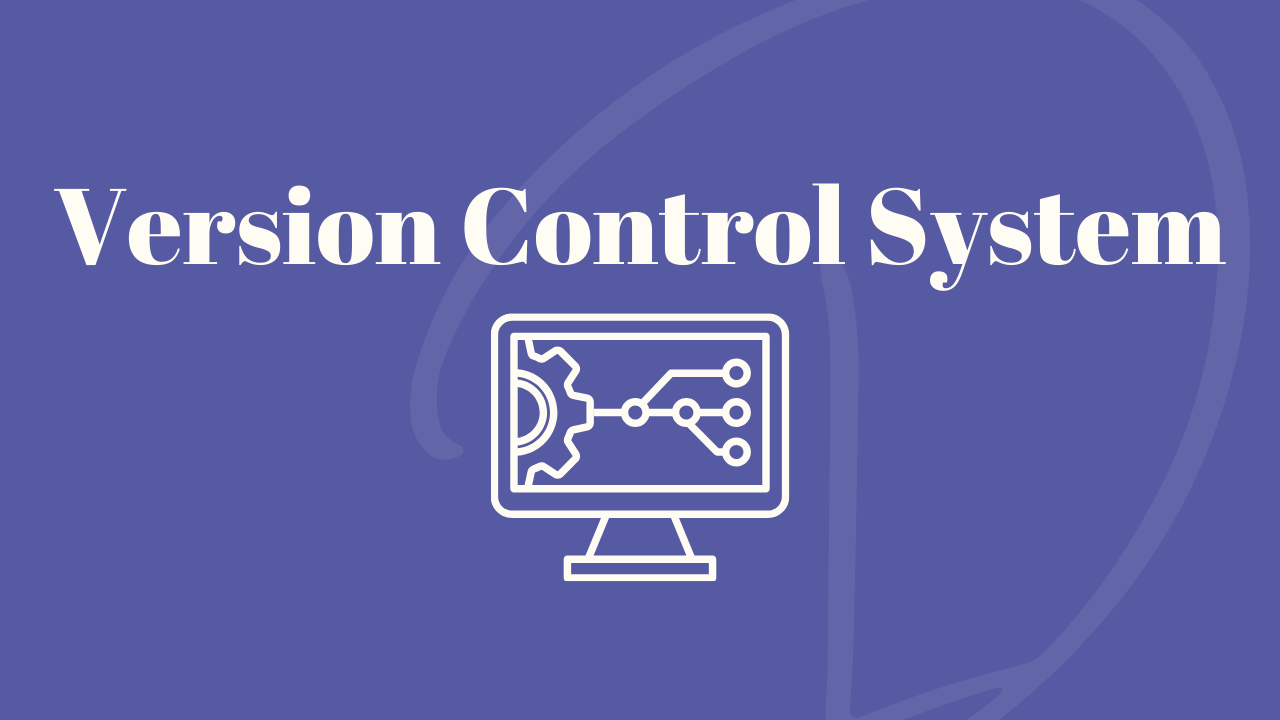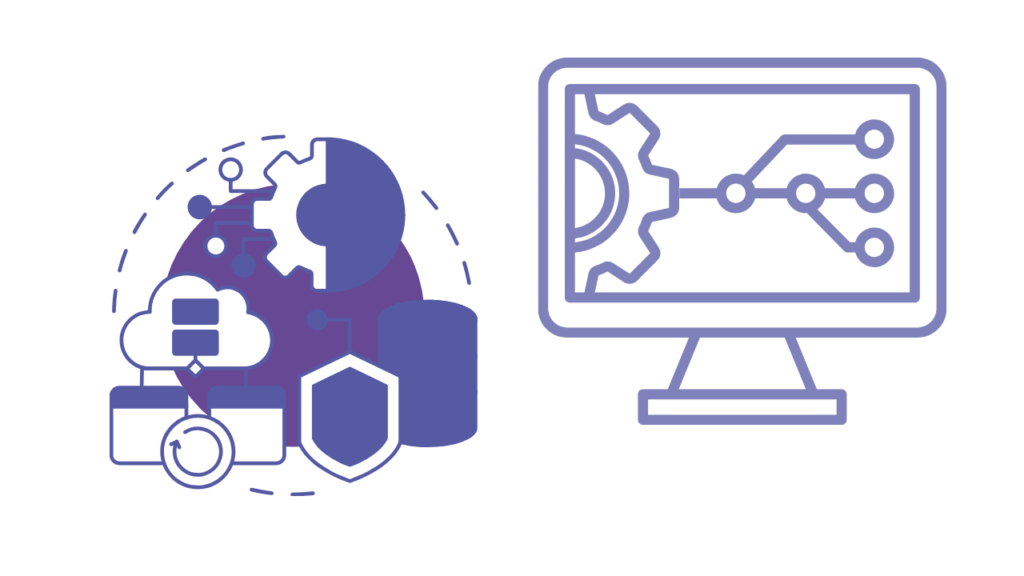
Understanding Version Control Systems (VCS)
A Version Control System (VCS)—also known as Source Code Management (SCM) or a Revision Control System—is a key tool in software development. It enables developers to manage and track changes to a codebase over time. Acting as a code repository, it stores every modification and preserves a history that allows for easy collaboration, version recovery, and conflict resolution. Consequently, whether individual developers or large teams use it, a code versioning system helps organize, protect, and track all code changes effectively.

The core function of a version control system is to record each change. Moreover, this feature provides visibility into who made modifications, when they occurred, and why. Developers find this visibility valuable for tracing issues back to specific changes. Additionally, the VCS allows for branching and merging. This capability enables developers to work on separate features or fixes without affecting the main codebase, which is essential for agile development.
Types of Version Control Systems
There are three primary types of version control systems, each with unique benefits:
- Local Version Control
First, local VCS tools are basic systems that store changes on a single developer’s computer. This approach typically suits small or personal projects. However, it lacks collaborative capabilities and does not offer remote access or shared repositories. - Centralized Version Control Systems (CVCS)
In contrast, centralized VCSs like Subversion (SVN) and Perforce store all project files on a single server. Developers check out files, make changes, and commit them back to the server. This model allows teams to collaborate easily, but it relies on server uptime. If the server goes down, developers lose access to the repository. Therefore, CVCS works well for projects needing strict version control and compliance. - Distributed Version Control Systems (DVCS)
Finally, distributed VCSs like Git and Mercurial enjoy popularity for their flexibility and speed. In a DVCS, every user has a complete copy of the repository. This setup allows for faster parallel development without requiring a constant connection to a central server. Furthermore, it excels at branching and merging, making it a top choice for teams in distributed environments.
Key Features of Version Control Systems
The essential features of a source control system make it invaluable for managing codebases:
- Branching and Merging: Specifically, branching allows developers to isolate new features or fixes. Later, they can merge these changes into the main project. This capability is crucial for agile methodologies and supports smooth development.
- Commit History: A commit captures a snapshot of changes with an explanatory message. Thus, this history provides a valuable audit trail that helps developers understand project evolution. Additionally, it assists in identifying code changes when issues arise.
- Reverting Changes: VCSs allow developers to revert to previous versions when needed. This flexibility proves invaluable during experimentation. As a result, developers can safely try new approaches without risking project stability.
- Collaboration and Access Control: Furthermore, VCSs enable multiple developers to work on the same project without conflict. They also streamline team collaboration. Access control features let teams define who can read, write, or review code, ensuring project security.
Popular Version Control Tools
Several version control tools enjoy widespread use, each offering unique strengths:
- Git: Git ranks as the most popular VCS for distributed version control. It suits teams that value flexibility. Additionally, platforms like GitHub, GitLab, and Bitbucket enhance Git’s functionality, providing tools for code reviews and CI/CD integration.
- Subversion (SVN): SVN serves as a centralized VCS commonly used in enterprises. It provides granular access control, making it suitable for projects needing compliance and a stable version.
- Mercurial: Mercurial focuses on simplicity and ease of use. While it may lack Git’s extensive ecosystem, it offers reliability and works well for projects that don’t need many third-party tools.

Benefits of Using a Version Control System
A version control system provides numerous advantages for software versioning and project management:
- Enhanced Collaboration: A VCS allows multiple developers to work on different aspects of the same project without conflict. Consequently, each developer can contribute changes independently, streamlining teamwork and supporting agile development.
- Improved Code Integrity and Accountability: VCS tools maintain a complete project history. This feature ensures accountability and helps teams identify issues quickly. Each change links to a specific developer, which supports code quality.
- Simplified Project Organization: Additionally, features like branching and commit history remain essential for managing complex projects. Tags can mark releases, enabling easier navigation and keeping the codebase
In today’s fast-paced development landscape, implementing a Version Control System proves critical. It helps manage codebases, supports team collaboration, and maintains code quality. For distributed teams, Git often stands out as the best choice due to its flexibility and platform support. Whether developing a new app, such as a tutor project, or working on a large-scale solution, a VCS lays the foundation for organized, high-quality development.
Linux System Administration
Exploring Linux in simple terms Linux System Administration plays a crucial role in managing and…

